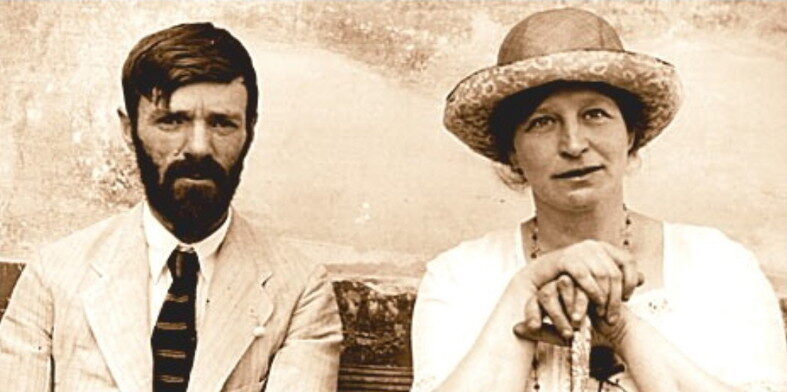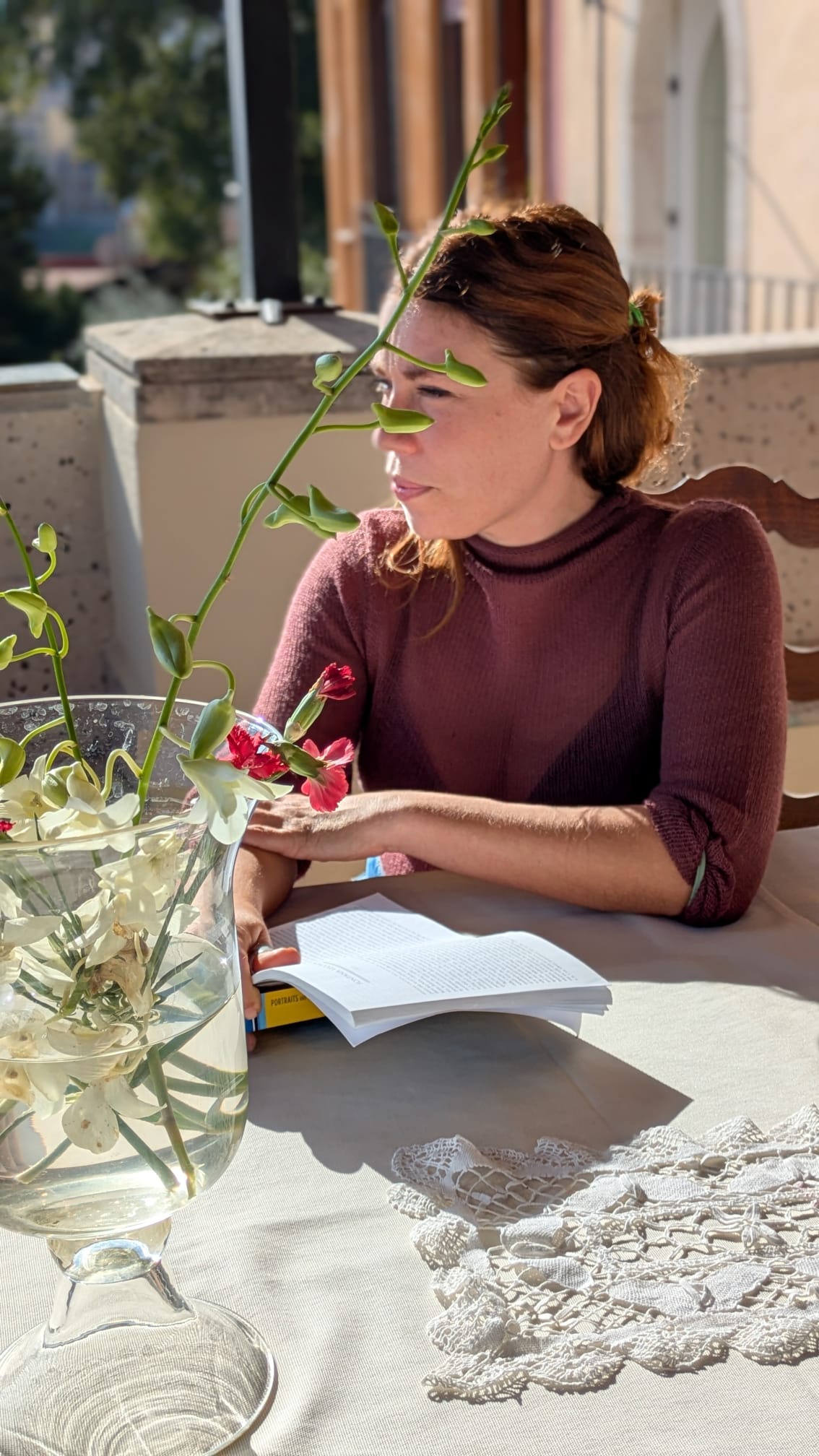Grandmont & Bramine Hubrecht
The Cacopardo Family
Dh Lawrence
Truman Capote
Howard Agg
Louisa Vittorio
1919
DH Lawrence
D.H. Lawrence, the renowned British author, spent a significant period of his life in Taormina, Sicily, from 1920 to 1922. This period was critically important for him, as he found inspiration in the region’s stunning landscapes and vibrant.
Lawrence wrote several works during his time in Taormina and at Villa Lawerence , most notably the poem “Snake,” which reflects his experiences and feelings about the natural world surrounding him.
The Beauty of Taormina**: D.H. Lawrence famously referred to Taormina as the “dawn coast of Europe” for its breathtaking views and light, which complement the natural beauty and culture of Sicily.

1950
Truman Capote
In 1950, at the age of 25, Truman Capote, already a celebrated author, moved from New York City to Taormina, Sicily, seeking refuge from the American literary scene. He settled in the villa Fontana Vecchia, previously inhabited by D.H. Lawrence, and used this time to write “The Grass Harp“ and several short stories.
Capote’s biographer, Gerard Clarke, suggests that the move was partly influenced by his partner, Jack Dunphy‘s, desire for an overseas life and the favorable exchange rate for the American dollar in Italy.
While Capote’s time in Sicily was short, it significantly impacted his writing. The distance from home and the heightened clarity he experienced inspired works like “Another Day in Paradise“ and “The Grass Harp“, drawing on memories of his childhood in Monroeville, Alabama.
Capote’s essay “Fontana Vecchia“ hints at a possible inspiration for the character of Iris Greentree, a beautiful aunt of a young ice boy who yearns for America. This suggests that the character of Louisas‘ father, the ice boy, could be based on this real-life individual.
1960 - 1968
Howard Agg


